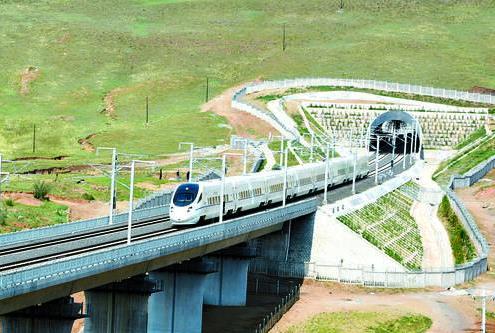More Chinese women travel alone than men: report
Chinese women are more likely to travel alone than men, according to a recent report by China’s biggest online travel agency, with female travelers urged to pay close attention to security on trips.
The report by ctrip.com said 58 percent of customers in the agency’s self-guided and group tours are women. In the first six months of this year, 14 percent of women chose to travel alone, compared to 10 percent of men, the report said.
Women’s top destinations included Beijing, Shanghai, Shenzhen, Guangzhou and Chengdu.
“It means Chinese women are more economically independent. On the other hand, women have accumulated more travel experience,” said an expert with Ctrip. “Many female travelers in their 20s can speak English and can manage by themselves during trips.”
But women travelers may face higher security risks, especially in overseas trips, the report added. Ctrip launched four new services: Global travel SOS, local guides, travel companions and insurance to help reduce travel risks.
Ctrip’s global travel SOS system has dealt with about 570 cases since it was launched at the beginning of this year. Sixty-five of those seeking help were women and 82 percent were overseas. Over 90 percent of cases were solved successfully, the agency said.
Ctrip’s local guide app covers over 80 countries and 800 cities with 8,000 local guides that provide Chinese language services.
“I am lost. How can I get a ride?” was the most frequently asked question on Ctrip’s system. Other common questions included those about scenic spots and food.
Ctrip also reminded travelers to remember its 12308 hotline and turn to local embassies if they encounter danger on overseas trips. It also suggest travelers avoid going to unsafe places alone such as Afghanistan, Pakistan and India.
